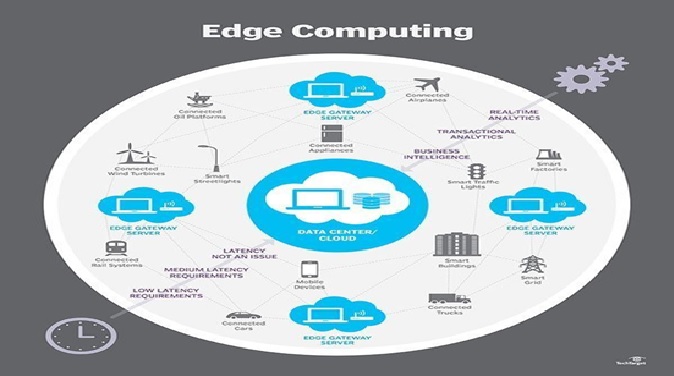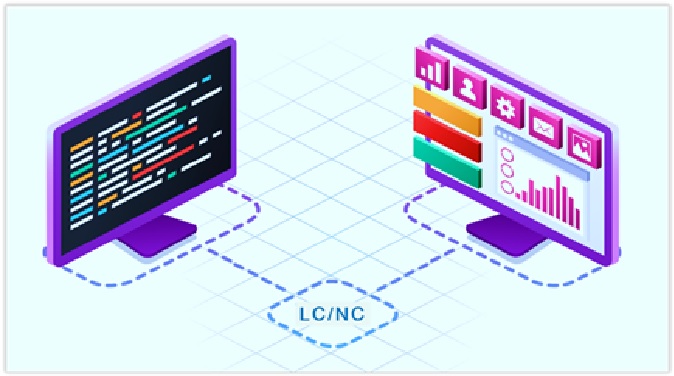Avoiding Vendor Lock-In
Vendor lock-in is the common term for a situation where an organization wishes to transfer its business away from one of its current vendors but is unable to do so due to the projected cost, duration, or complexity of switching.
How Can Companies Avoid Cloud Vendor Lock-In?
- Know the Best Time to Negotiate Your Exit Strategy
- Build Portable Applications
- Retain Ownership of Your Data
- Avoid Knowledge-Based Cloud Vendor Lock-In
- Implement a Multi-Cloud Strategy
By using multiple cloud providers, businesses can avoid being locked into a single vendor's ecosystem and technology stack. This provides businesses with more flexibility to switch providers if needed and to choose the right cloud provider for each workload.

Figure 1. Avoiding Vendor Lock-In
Avoiding Vendor Lock-In is shown in figure 1. In the context of cloud computing, vendor lock-in can occur when the cloud platform or service adopted by a business is only compatible with other products and services from the same vendor.
Benefits of a Multicloud Approach for Avoiding Vendor Lock-In :
A multicloud approach allows businesses to avoid being locked into a single vendor, and instead have the freedom to select the best provider for each individual workload. This results in significant cost savings as well as better performance and more flexibility. By leveraging multiple clouds, organizations can also improve disaster recovery and business continuity plans.
Tips for avoiding vendor lock-in
Vendor lock-in an oft-cited reason against cloud migration. In fact, the concept of lock-in altogether negates a primary value proposition of the cloud: its flexibility. However, there are ways to reduce the risk of vendor lock-in by adopting the following best practices.
- Identify complex dependencies
- Understand the commonalities
- Consider upgrading before migrating
- Educate stakeholders
- Make apps portable, aligned with open standards
- Employ modern SDLC methodologies
- Ensure portability once migrated
- Develop a clear exit strategy
- Consider a multi-cloud strategy
- Do your due diligence
Multi cloud gives businesses access to different features and services offered by each provider. For example, one cloud vendor may offer better storage options, while another may have more robust computing power. By using a multi-cloud approach, businesses can select the provider that offers the best combination of features and services that fit their specific needs and priorities.
References:
- https://www.factioninc.com/blog/vendor-lock-in/
- https://www.bmc.com/blogs/vendor-lock-in/
- https://www.seagate.com/in/en/blog/how-to-avoid-vendor-lock-in/
Cite this article:
Gokula Nandhini K (2023), Avoiding Vendor Lock-In, AnaTechMaz, pp.69















